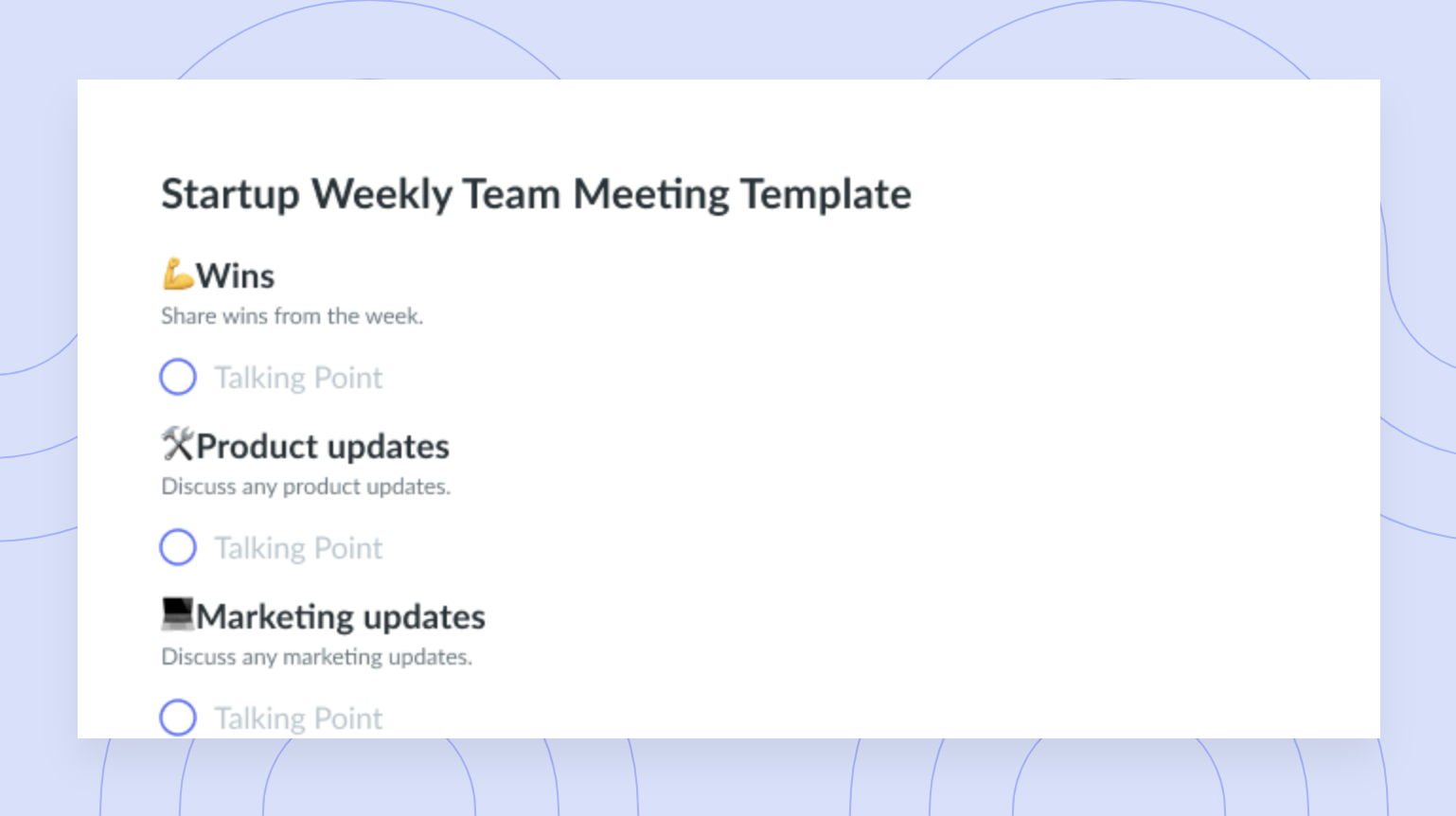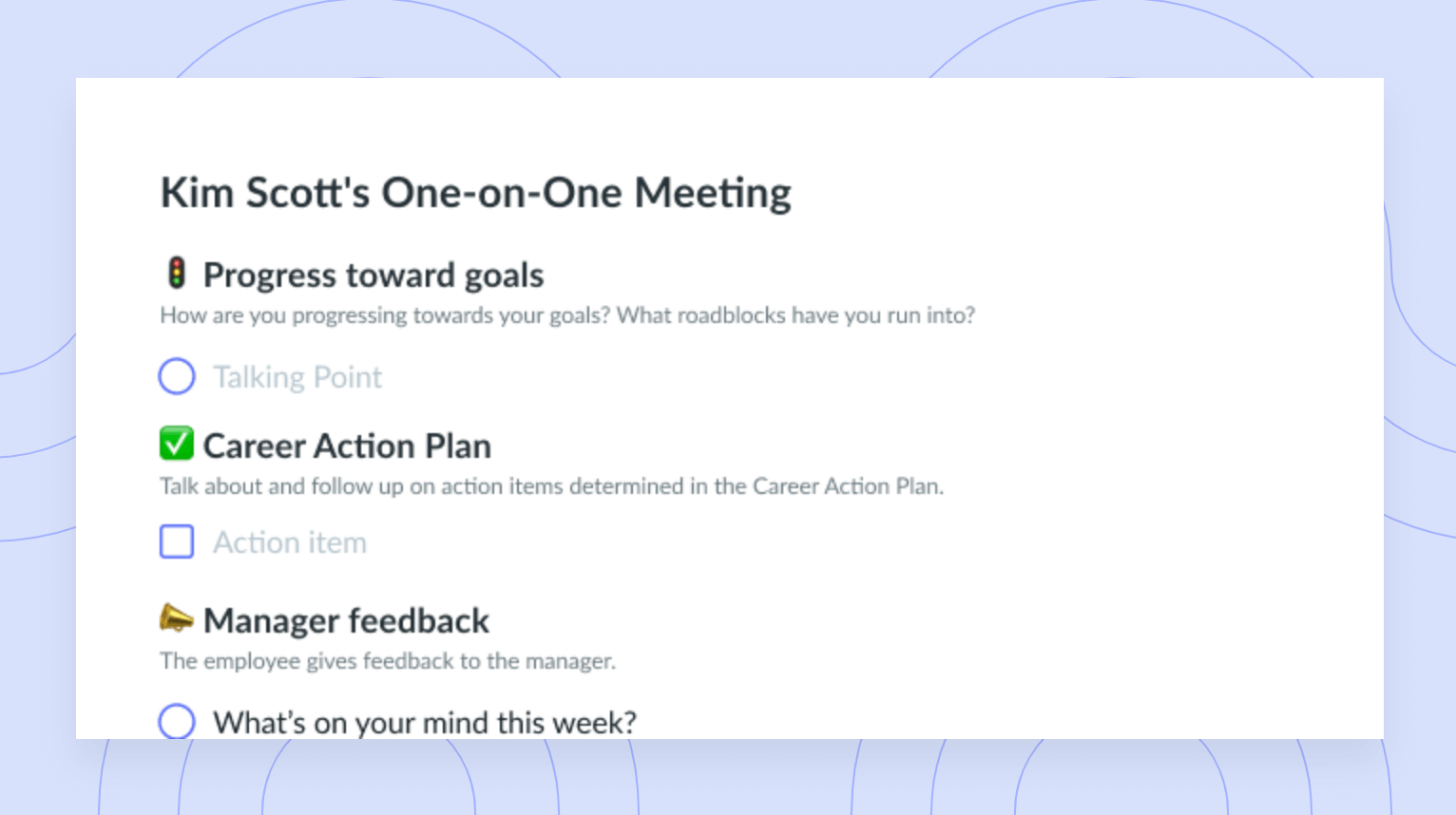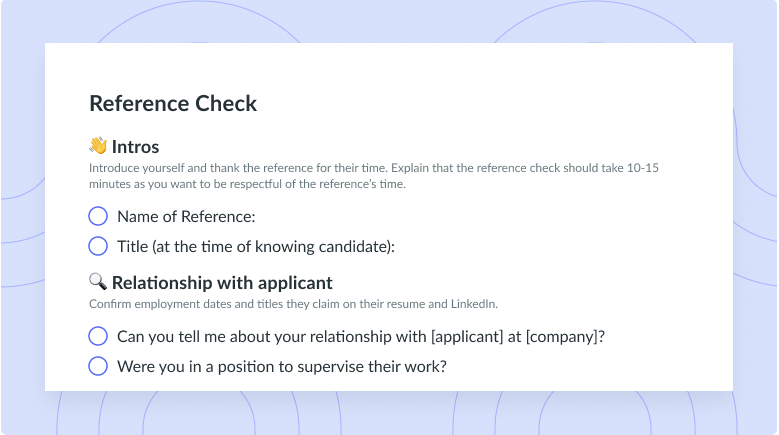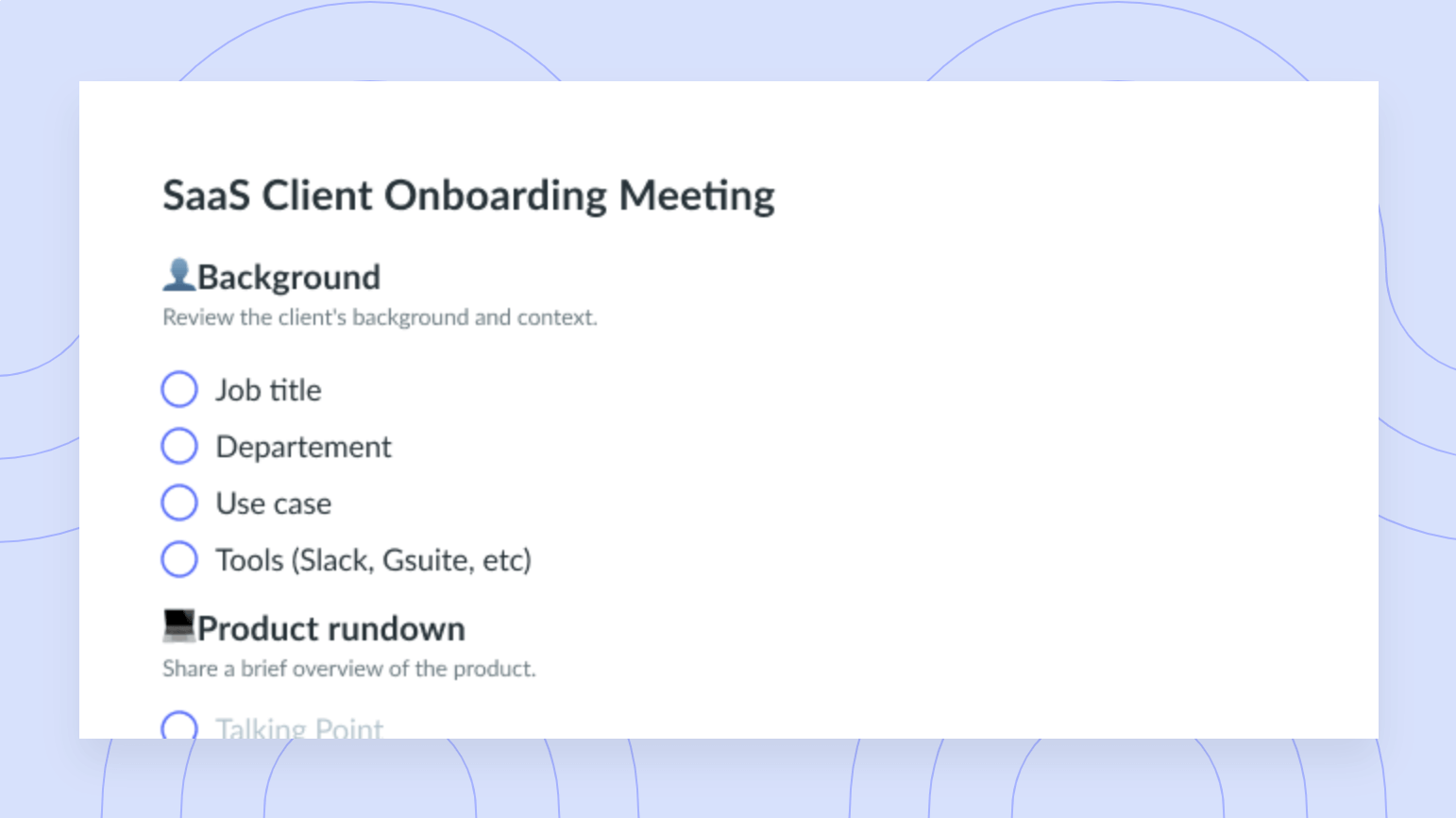Hybrid Work: How to Get Ready for the Future of the Office
If you're transitioning to or considering a hybrid work model, here is how to prepare for success.
To return to the office or not to return to the office.
That is the question.
With the Covid-19 pandemic becoming less of a public healthcare crisis, more organizations are considering having employees return to the office full-time. Businesses that pivoted to a remote-only workforce in the early months of 2020 are now making the moves for their employees to pack up their home office space and begin working from their desks at the office, face-to-face with other team members.
For some employees who didn’t feel productive working from home, returning to office may sound like a dream come true. For others who enjoyed being a fully remote employee, this may sound less than ideal.
Thankfully, there’s a way to make all of your employees happy: a hybrid work model that takes all needs and work styles into consideration.
- What is hybrid work?
- Pros of hybrid work
- Cons of hybrid work
- Variations of the hybrid model
- How to adopt a hybrid work model
What is hybrid work?
A hybrid company can be described as a workplace that gives employees the option to work remotely or in the office. Hybrid work provides employees with the flexibility to work where and when they want. This type of work is initiated when a company has employees interested in working both at the office and remotely. This method gives employees more autonomy to fit work into the rest of their lives.
Scroll down to read the benefits and constraints of hybrid work, as well as some variations of the hybrid work model!
Pros of hybrid work
Employees can do work when and how they’re most productive:
Businesses looking to transition into a hybrid work model are likely to see several advantages. A major pro to hybrid work is that it gives employees more flexibility to do their individual tasks and responsibilities. Because an employee isn’t expected to work the typical or expected workday of 9-to-5, they can choose to work when they know they’ll get the most accomplished.
Better work-life balance: Additionally, a hybrid work model promotes a better work-life balance. If an employee is working from home, they can have more time to make a healthy dinner, choose to work out, pick up children from daycare or school or see friends on a lunch break.
Reduce exposure to illness:
Think about how many people you can encounter on a daily commute. If an employee takes the train, bus, or subway, it can be hundreds. Having the option to work remotely lowers the risk and exposure to illnesses. Additionally, an employee can choose to work remotely if they’re feeling under the weather, which reduces the risk of their coworkers catching the same cold.
Save on real estate expenses:
If fewer employees are in the office every day, organizations have the opportunity to save money on real estate. This can mean either renting a smaller office for less money or choosing to forgo an office altogether.
Hire talent across the globe:
When new roles open at your organization, having a hybrid work model allows your business to hire talent from anywhere. Having a larger talent pool to choose from means you can hire for more specialized skills and it doesn’t matter if that individual lives across town, the country, or the world.
Cons of hybrid work
Before completely making the switch to a hybrid workplace, it’s important you also consider some of the disadvantages that come with it.
Harder to forge connections with your entire team:
Some of the best conversations with coworkers happen at the water cooler, coffee machine, or even washing hands in a bathroom. When employees choose to not work in the office, these connections could be harder to build.
Less visibility for remote employees:
Employees who work in the office more, at the same time as managers and leadership, may be more visible and perceived as more dedicated even if that’s not the case. Another con for employees to consider is how it’ll be perceived by managers and the leadership team if they’re mainly working remotely. Even if they’re extremely dedicated to their job and productive day in and day out, it could go less noticed if they’re not physically in the office.
Variations of the hybrid model
As your office considers making the transition to a hybrid workforce, there are three variations of the model that you could begin implementing.
Remote-first
This variation consists of allowing employees across all departments to work remotely as often as they want, from wherever they want, with some exceptions. Organizations who choose remote-first will look similar to a fully remote company but will keep their office open for employees to work from, too.
A remote-first office may not allow the same level of flexibility to every department, as being able to work remotely can often depend on each individual’s role within a company. This hybrid model will look different for everyone, but the main principle being employees are working from different time zones and rely on online communication or business instant messaging software to communicate.
Office-occasional
There’s also the office-occasional model, which is for companies that are eager to go back into the office. Whether it’s because they just opened up a brand new workspace and don’t want to lose out on money regardings its lease, or they don’t have the kind of operation where employees can work remotely full-time.
Businesses with an office-occasional model have employees come into work a few times a week, providing a combination of in-person teamwork and collaboration with solo or individualized work. Organizations can choose to provide strict guidelines, like employees have to work from the office every Monday and Wednesday, or let employees choose which days work best for their schedule.
Office first, remote allowed
Finally, there’s office first, remote allowed. As the name suggests, this option allows for employees to work remotely, the office is the preferred and primary place for working. This variation is common if the entire leadership team, as well as upper management roles, are all working in the office. When this happens, the corresponding departments are likely to lean towards being office-centered by default.
How to adopt a hybrid work model
If your organization is interested in adopting a hybrid work model in the near future, here is how to go about doing so the right way.
1 Survey your employees to find out what they need
First things first, find out what your employees want to do.
Consider utilizing survey software to create a questionnaire where you ask every single employee if they prefer remote-first, office-occasional, or office-first. These answers will provide a better understanding of the majority and the reasoning behind each answer.
When creating the survey, consider these 15 questions to get you started.
2 Invest in company culture
A big part of a company’s culture is within the office itself. Take that into consideration when building a hybrid work model. When employees aren’t able to walk up to someone’s desk or have a face-to-face conversation, culture becomes more important than ever.
To instill team building and collaboration cross-functionally, consider a virtual team-building event. You can also encourage employees who live nearby to meet one-on-one for company-paid coffee or lunch. Or, if choosing an office-occasional or office-first model, bring employees into the office every quarter for a party or a themed event.
3 Set clear and consistent expectations
In order for a hybrid workplace to be a success, you need to set expectations for employees to follow.
If you’re deciding on an office-occasional model, make sure employees know which days of the week, or how many days a week, they’re expected to be in the office. If you’re opting for a remote-first model, specify that employees need to let their managers know when their preferred working hours are and if they’ll need to step away from work for an appointment or a time-sensitive errand.
At the end of the day, any hybrid work model that you choose will be a success if there’s effective communication in place.
4 Provide tools that facilitate hybrid work
Along with communication, your business also needs the right tools that make hybrid work, well… work.
Whether it be purchasing new software that makes video conferencing easier than ever, or allowing employees to expense office equipment that ensures they’re more productive, it’s a must that you give your team what they need to succeed.
5 Train your company leaders
Chances are, the leadership team and individual department managers could use a refresher on how to manage remote teams. Because of this, consider implementing updated training sessions with the preferred ways to handle a remote-first or office-occasional team.
Whether it’s new meeting strategies or how to promote a work-life balance, it’s crucial managers have the proper training they need to make sure their direct reports feel supported.
6 Make sure remote employees feel included
Working remotely can feel lonely at times. It can feel like you’re out of the loop when it comes to updated practices or that you were excluded from an important conversation. Whether it’s a conversation surrounding a new opportunity, a promotion, or taking on a new project for the team, managers need to go the extra mile to ensure remote employees feel like a part of the team, too.
7 Make hybrid meetings work
With a hybrid work model, knowing how to conduct a productive and hybrid meeting can be the difference between a project failing and succeeding. A hybrid meeting requires different tactics to get it up and running, as well as making everyone feel included and a part of the conversation.

Pro tip
Use a meeting management tool like Fellow to ensure all of your meetings have a purpose and are collaborative, regardless of where your employees are located!

Whatever works for you!
A hybrid workforce is uncharted territory for a lot of organizations. No matter the size of your business, or the industry it’s within, a hybrid model can work. It’s all about putting in the time and effort to find the right way to support your employees and their needs, while also not being afraid of what the future of work could look like.










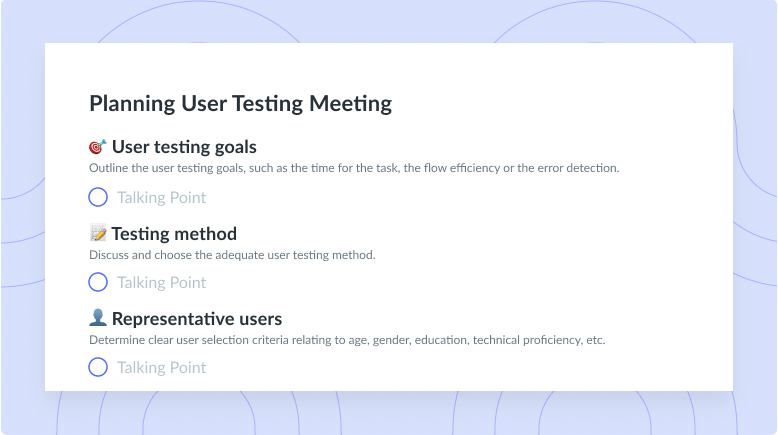


![Bilateral Senior Director <> Directors [Lobbyist Association] Template](https://fellow.app/wp-content/uploads/2021/09/Bilateral-Senior-Director-Directors-Lobbyist-Association-preview.png)
